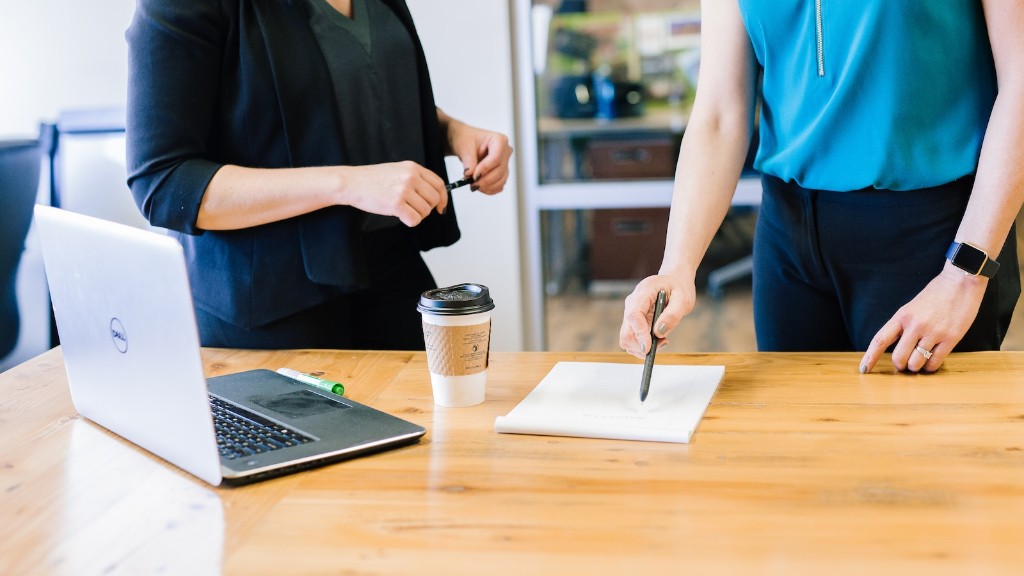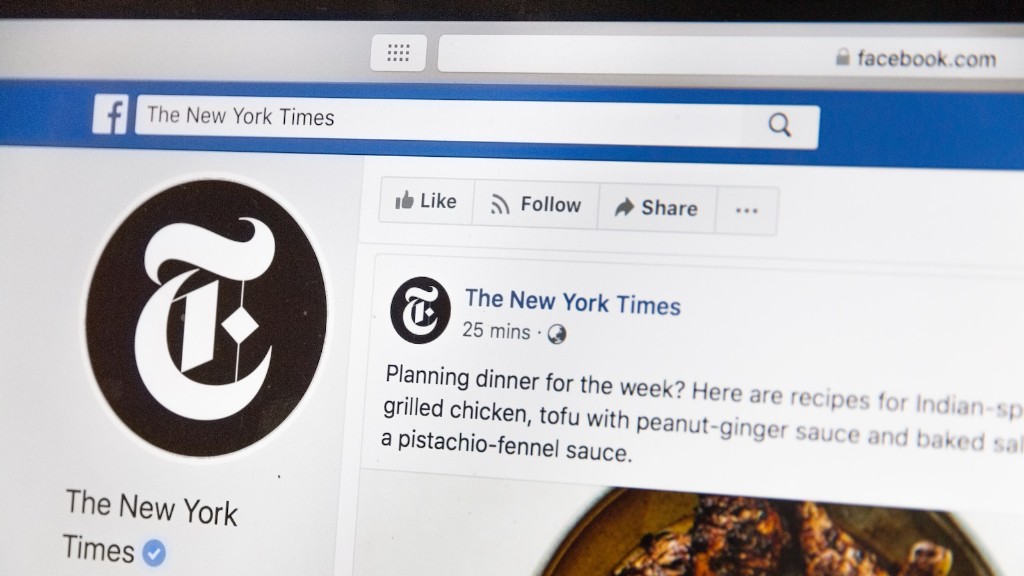The Bottom of the Pyramid (BOP) denotes the poorest layer of society and includes people who live on less than $2 a day. The term ‘Bottom of the Pyramid’ was first coined by C.K. Prahalad and Stuart L. Hart, in their 2002 article for the Harvard Business Review titled ‘The Fortune at the Bottom of the Pyramid’. In this article, Prahalad and Hart argued that the world’s poorest people are a huge untapped market for businesses and that catering to this market can be both profitable and socially beneficial.
Since the publication of the article, the Bottom of the Pyramid has become a popular concept in business and development circles. However, there is no agreed definition of the Bottom of the Pyramid and the term is often used interchangeably with other terms such as ‘base of the pyramid’, ‘base of the economic pyramid’, and ‘base of the socio-economic pyramid’.
The Bottom of the Pyramid (BoP) marketing strategy is a business approach that focuses on developing and marketing products and services to low-income consumers. The BoP strategy is based on the belief that there is a large untapped market of potential customers at the bottom of the economic pyramid, who are often overlooked by traditional marketing efforts.
The BoP strategy has the potential to not only increase sales and profits for businesses, but also to improve the lives of low-income consumers by providing them with access to quality products and services. While the BoP strategy presents some challenges, such as how to reach potential customers and how to develop affordable products that meet their needs, businesses that are successful in implementing the BoP strategy can reap significant rewards.
What is the bottom of the pyramid concept?
The Bottom of the Pyramid or Base of the Pyramid (BOP) refers to the lowest socio-economic segment in the world. This segment includes those who live on less than $2 per day. The BOP population is estimated to be around 4.5 billion people.
The BOP market presents a huge opportunity for businesses. This is because the BOP population is growing and has disposable income. Businesses that cater to the BOP market can tap into this growing market and generate significant profits.
However, businesses need to be aware of the challenges of catering to the BOP market. This includes poor infrastructure, low literacy levels, and limited access to financial services. Businesses need to be prepared to address these challenges in order to successfully tap into the BOP market.
“Bottom of the pyramid” refers to the poorest people in society who often have little to no access to basic services or opportunities. However, with the rise of technology, it is becoming easier and more efficient to provide these people with access to financial services, such as microcredit. In South Asia, particularly Bangladesh, the microcredit market is growing rapidly, allowing more people to start and grow their own businesses. This is helping to reduce poverty and improve the standard of living for many people in the region.
What is bottom of the pyramid product
The bottom of the pyramid concept is the theory that even the poorest markets in the world can be revenue generating for companies if they tailor their product and packaging to these markets. This concept was introduced by the late professor of the University of Michigan, C.K.
This concept has been widely adopted by companies who want to enter into new markets and expand their customer base. It has been especially useful for companies who want to enter into developing countries where there is a large population of people living in poverty.
There are a few challenges that companies face when trying to implement this concept. First, it can be difficult to reach the customer base in these markets. Second, the products need to be affordable for the customers. And third, the products need to be able to meet the needs of the customers.
Despite these challenges, the bottom of the pyramid concept has been successful for many companies and has helped to improve the lives of people living in poverty.
The term “bottom of the pyramid” (BOP) refers to the poorest people in society who live on less than $2 per day. Despite their low incomes, the BOP represents a huge market opportunity for businesses because of the sheer size of the population.
Companies that are able to develop innovative products and services that meet the needs of the BOP are able to tap into this huge market and generate significant profits. Aravind Eye Care System, for example, has developed a successful model for providing high-quality eye surgery at an affordable price. Airtel has also been successful in providing low-cost cell phone service to the BOP.
The bottom of the pyramid is a vast and untapped market for businesses that are willing to innovate. With the right products and services, companies can tap into this market and generate significant profits.
Why is bottom of the pyramid important?
The key to the bottom of the pyramid business strategy is to approach the market with “small unit packages, low margin per unit, high volume, and high return on capital employed.” In part one of the book Prahalad describes the bottom of the pyramid’s distinctive characteristics, and how the private sector should adapt its business models to succeed in this market.
The bottom of the pyramid is a vast market with immense untapped potential. To tap into this market, businesses need to adopt a different approach than they typically use in developed markets. The key is to focus on small unit packages, low margin per unit, high volume, and high return on capital employed. This strategy will allow businesses to succeed in the bottom of the pyramid market while also providing significant social and economic benefits to the communities they serve.
Bottom-of-the-pyramid (BOP) markets are defined as consumers earning less than $2/day. These markets offer significant aggregate market potential, and are therefore of interest to many companies.
There are a few things to keep in mind when operating in BOP markets. First, these markets are often characterized by low levels of education and income, which can make it difficult to reach potential customers. Second, BOP consumers often have limited access to formal financial services, which can make it difficult to sell them products and services. Finally, BOP markets are often located in remote and rural areas, which can make it difficult to distribute products and services.
Despite these challenges, BOP markets offer significant opportunities for companies that are able to reach and serve them effectively. BOP consumers are often very brand loyal, and they are willing to pay premium prices for quality products and services. Additionally, the BOP market is growing rapidly, as more and more people are moving into the middle class.
If your company is interested in operating in BOP markets, it is important to partner with local organizations that have experience working in these markets. Additionally, it is important to design products and services that meet the needs of BOP consumers,
What is top down and bottom-up in marketing?
There are two main types of investing strategies: top-down and bottom-up. Top-down investing typically looks at macro variables in order to find opportunities, while bottom-up approaches focus on local or company-specific variables and then expand outward.
When it comes to promoting your business at the bottom of the funnel, there are a few key tactics to keep in mind. Case studies can be an effective way to show potential customers how your product or service has helped others in similar situations. Blog posts can also be useful in this stage of the marketing funnel, as they can help to build trust and establish your brand as a credible source of information. Finally, paid advertising and promo codes can also be effective in driving conversions at the bottom of the funnel.
Is it ethical to market to the bottom of the pyramid
There is a lot of debate surrounding the idea of marketing to the world’s poor, with some people arguing that it is exploitative and can do more harm than good. However, there is also a strong argument to be made that marketing to the Bottom of the Pyramid (BOP) can be profitable for companies and can generate significant revenue growth. It is important to consider both sides of the argument before making any decisions about whether or not to target BOP consumers.
The bottom of the pyramid is the largest and poorest global socio-economic group. Franklin D Roosevelt first used the term “bottom of the pyramid” in a 1932 public address during the Great Depression.
Who has given the concept of bottom of the pyramid?
The Bottom of the Pyramid (BoP) framework was originally introduced by C.K. Prahalad in a 2002 article in the Harvard Business Review. The framework is based on the premise that there is a large untapped market for goods and services among the world’s poor. The BoP framework has been widely used by businesses and nonprofits to develop new products and services for the poor. The BoP framework has also been criticized for its focus on profit-making, rather than on poverty alleviation.
A product-based pyramid scheme is a type of pyramid scheme where participants make money primarily by recruiting new members, rather than by selling products. In the case of Wealth Pools International, participants made money by recruiting new sales associates, rather than by selling DVDs. The scheme impacted as many as 70,000 people in 64 countries and cost participants $132 million in 2007 alone.
What is a real life example of a pyramid scheme
A pyramid scheme is an illegal business model in which participants recruit new participants in order to earn money. Typically, there is no product or service involved, and the only way to make money is by recruiting new participants.
Burn Lounge was an online music store that lured people in by promising them the ability to make money by selling music and recruiting others into the business. However, the bonuses were not in any way tied to sales of merchandise, and the only way to make money was by recruiting new participants. The Federal Trade Commission won a $17 million judgment against Burn Lounge for operating an illegal pyramid scheme.
The bottom-up management style emphasizes the importance of allowing ideas and initiatives to come from employees. This approach to innovation demonstrates how companies include everyone in the innovation process. The management team creates environments that encourage employees to share their ideas. This encourages a feeling of ownership and buy-in from employees and helps to create a more innovative company culture.
What is the most important aspect of serving the bottom of the pyramid?
The bottom of the economic pyramid is a huge opportunity for companies to do good and make money. But some companies may not see that by selling goods that lack quality now, they are losing their chances to make even greater profits as individuals in these societies continue to move up economically.
It is important for companies to realize that the bottom of the pyramid is a huge potential market. And by providing quality products and services to these people, companies can not only make a difference in their lives, but also make a lot of money.
The “bottom” of the market refers to its trough, or lowest point. It’s the turning point when stocks stop falling and start rising again. This is usually a good time to buy stocks, because they are likely to go up in value.
What are the signs of a market bottom
When there are few sellers of a particular stock, it means that there are more buyers remaining and that buyers are more willing to pay a higher price for the stock. This means that a price bottom has formed.
This chart is used to compare the distribution of a population by age group. The result is a series of bars stacked on top of one another, each representing an age category (typically in 5-year age groups), with the youngest age group represented by the bottom bar and the oldest age group by the uppermost bar.
Warp Up
A bottom of the pyramid strategy marketing is one where firms target consumers at the base of the economic pyramid. These are typically low-income earners who have little disposal income. The idea is to provide these consumers with products and services that are affordable and meet their needs. This approach can be beneficial for both the consumers and the company, as it can help to expand the market and increase profits.
The Bottom of the Pyramid (BoP) strategy is a marketing strategy that focuses on providing products and services to low-income consumers. This strategy is often used by companies who want to tap into new markets and expand their customer base. The BoP strategy can be very effective in helping companies to reach underserved consumers and to create social and economic value.





